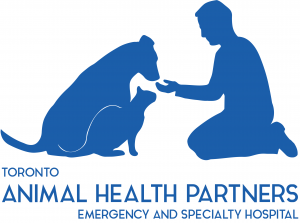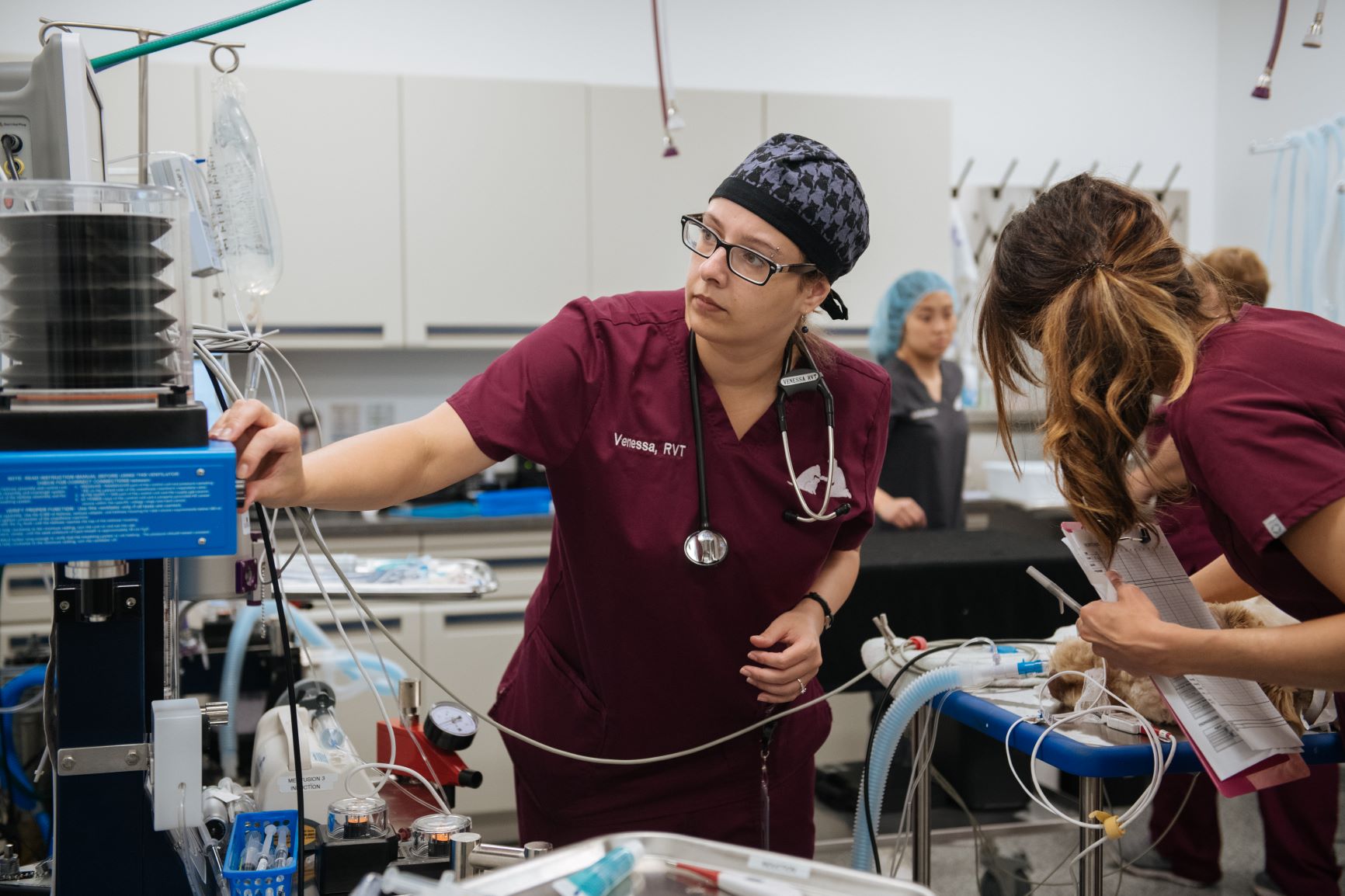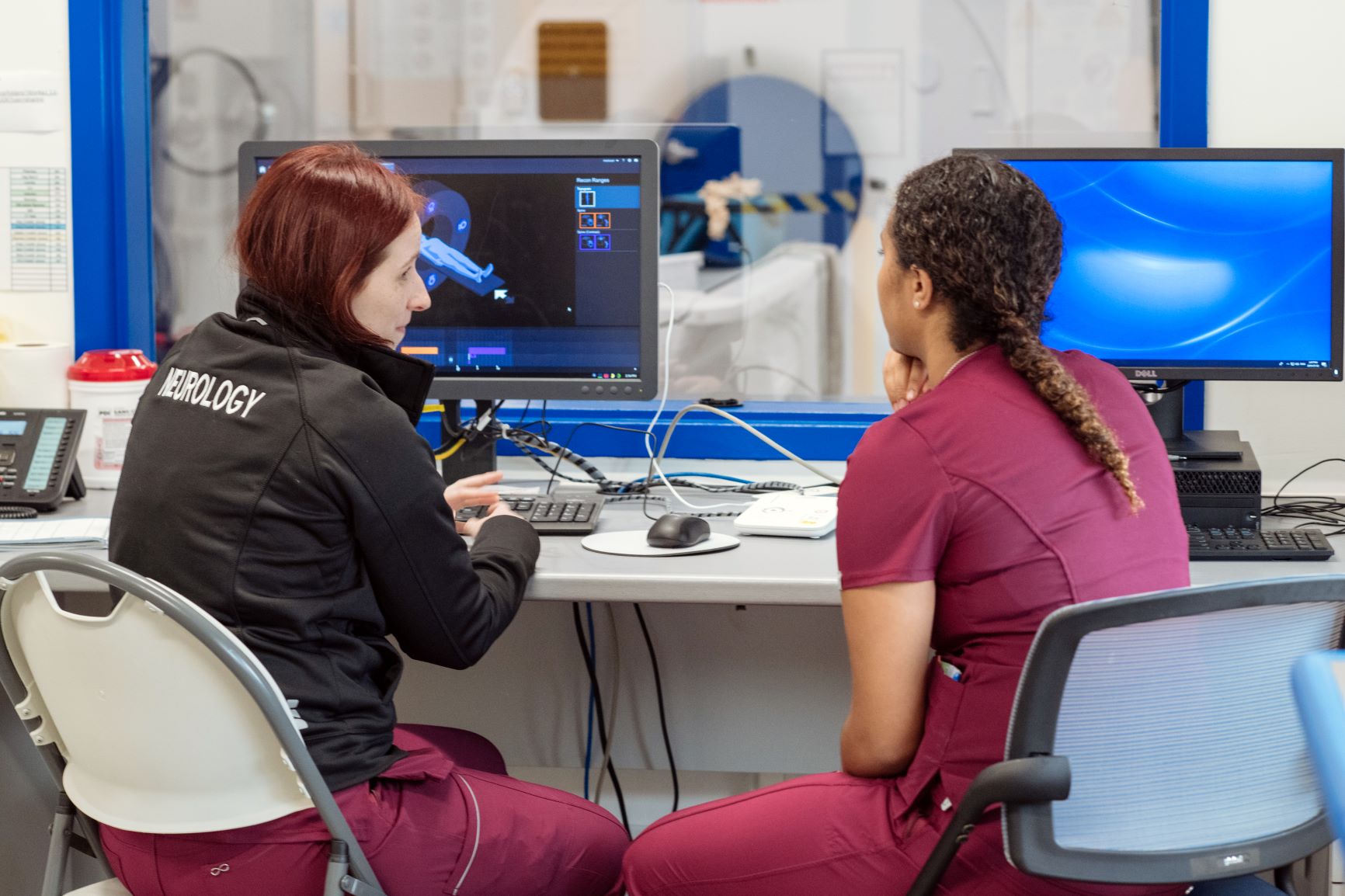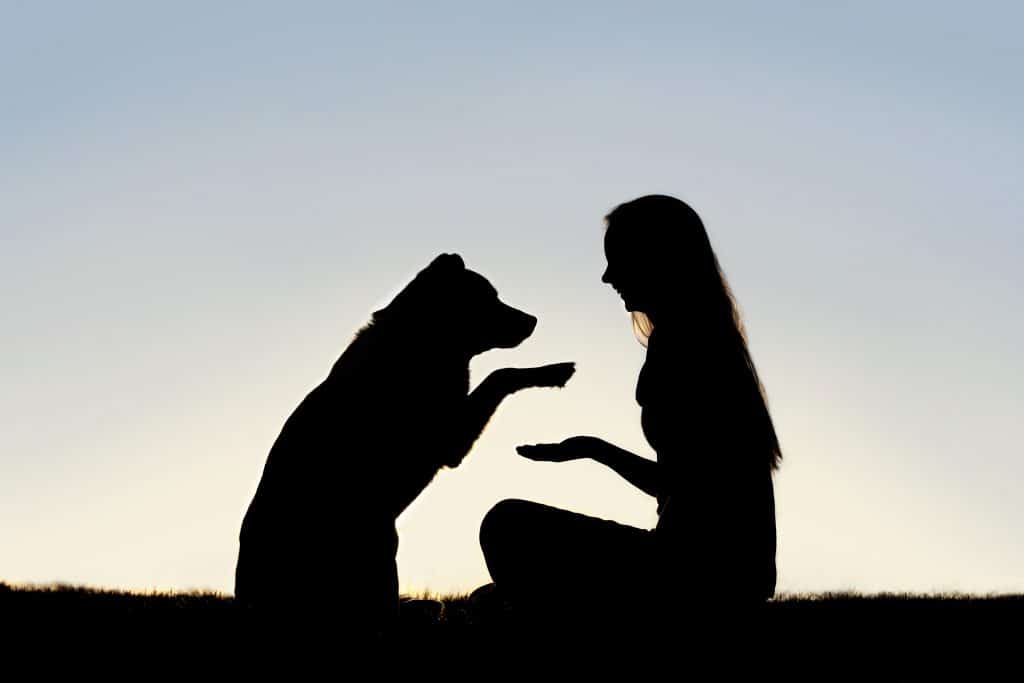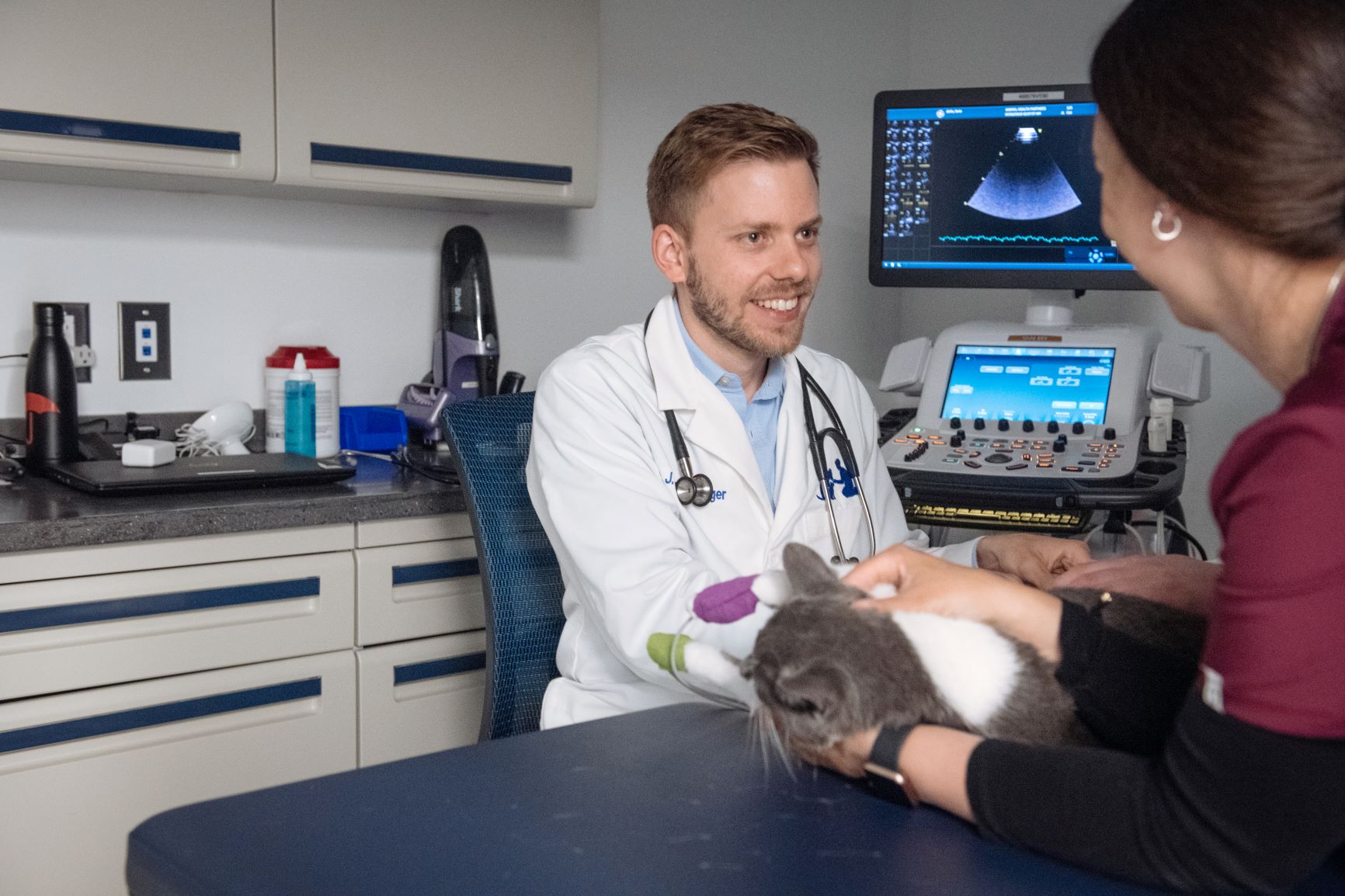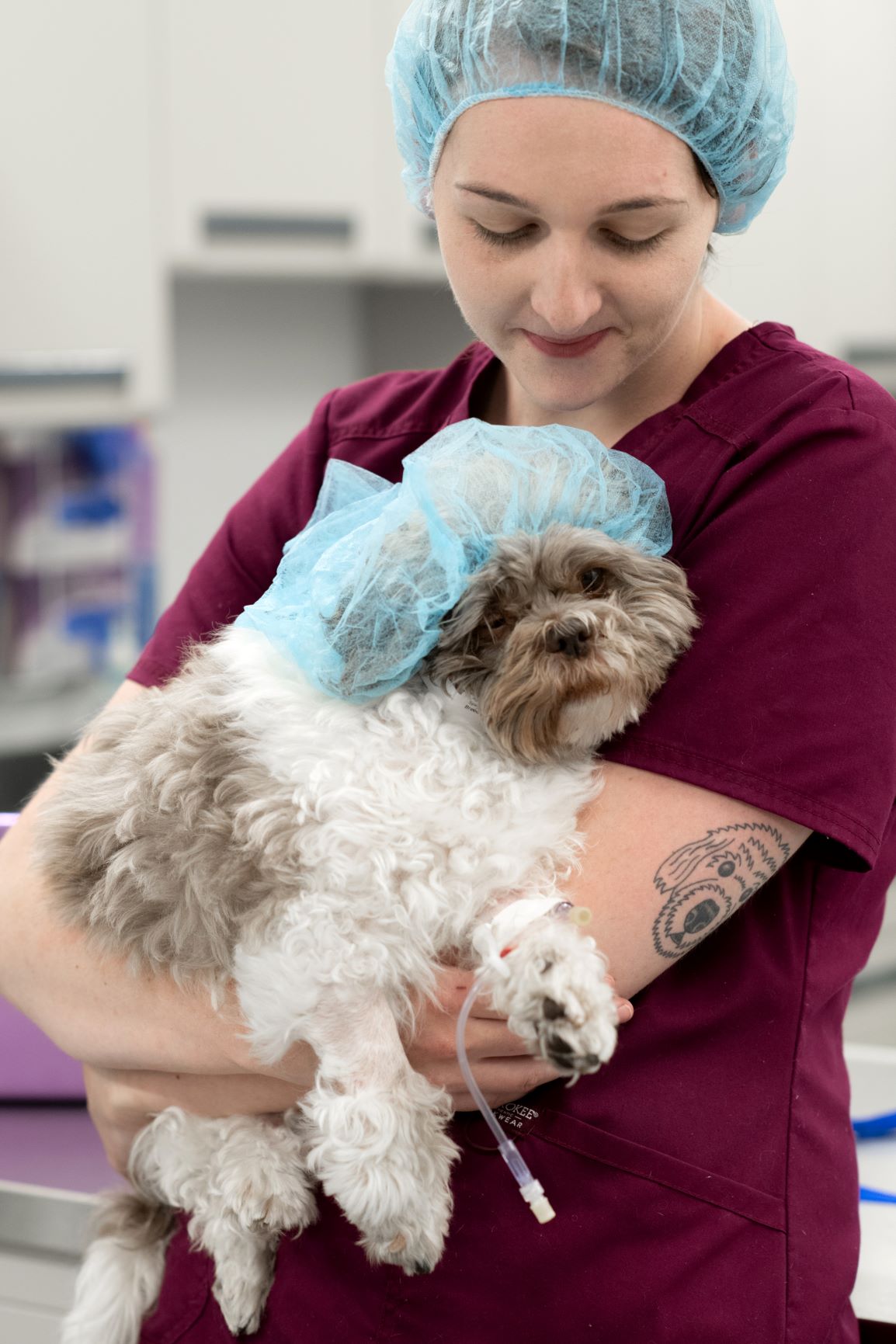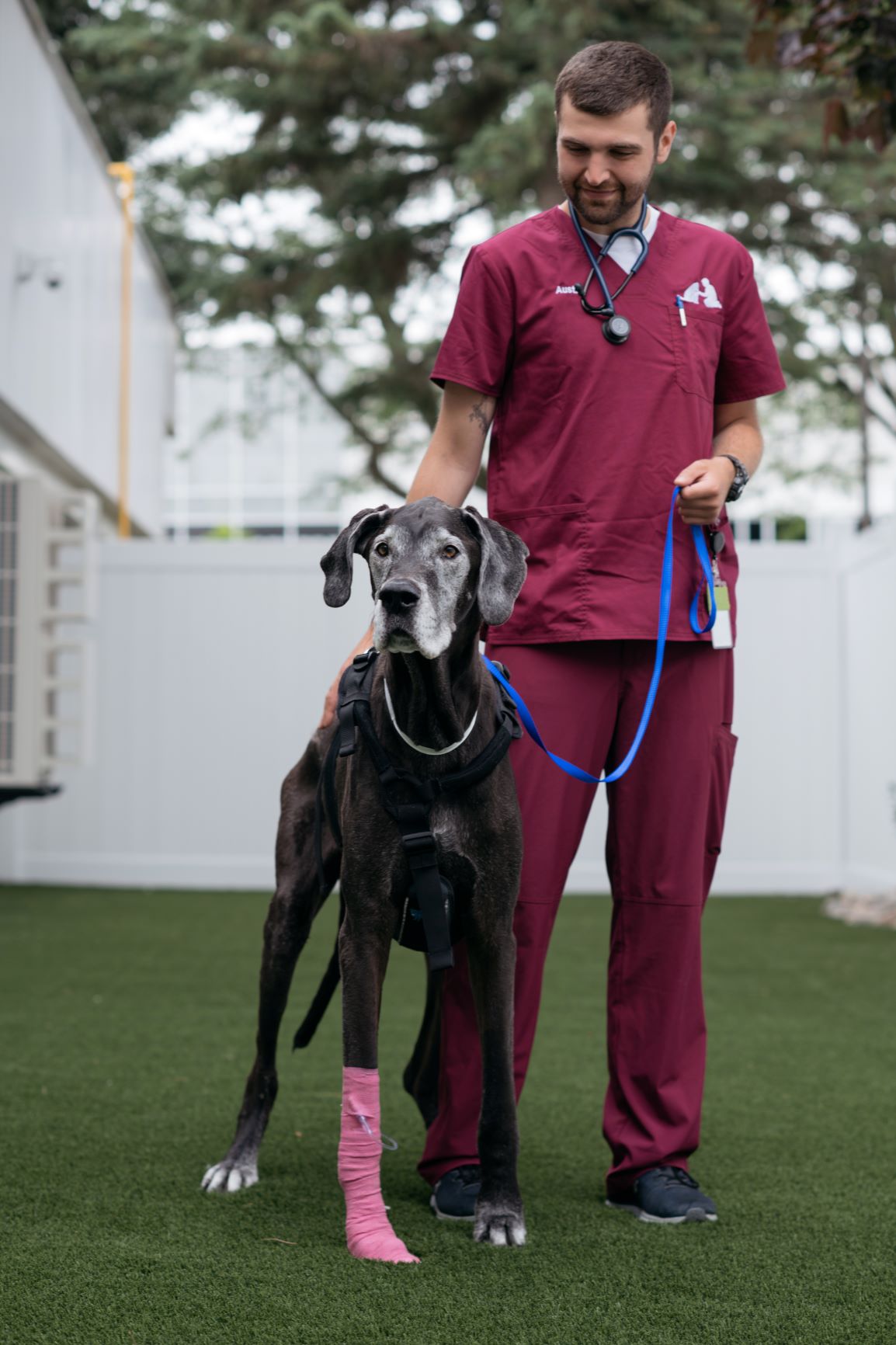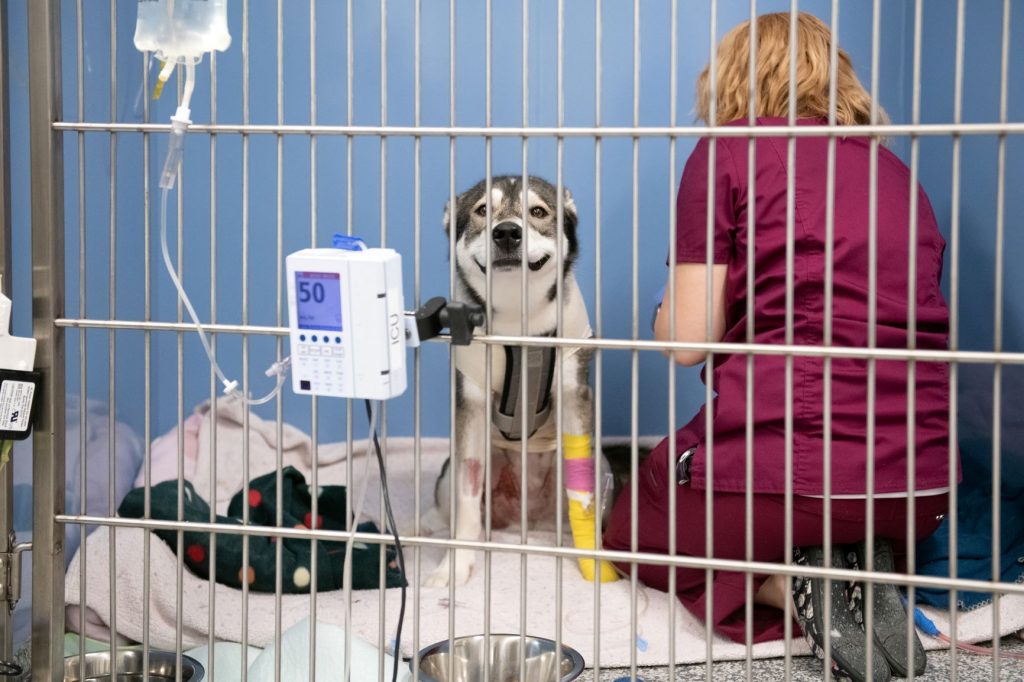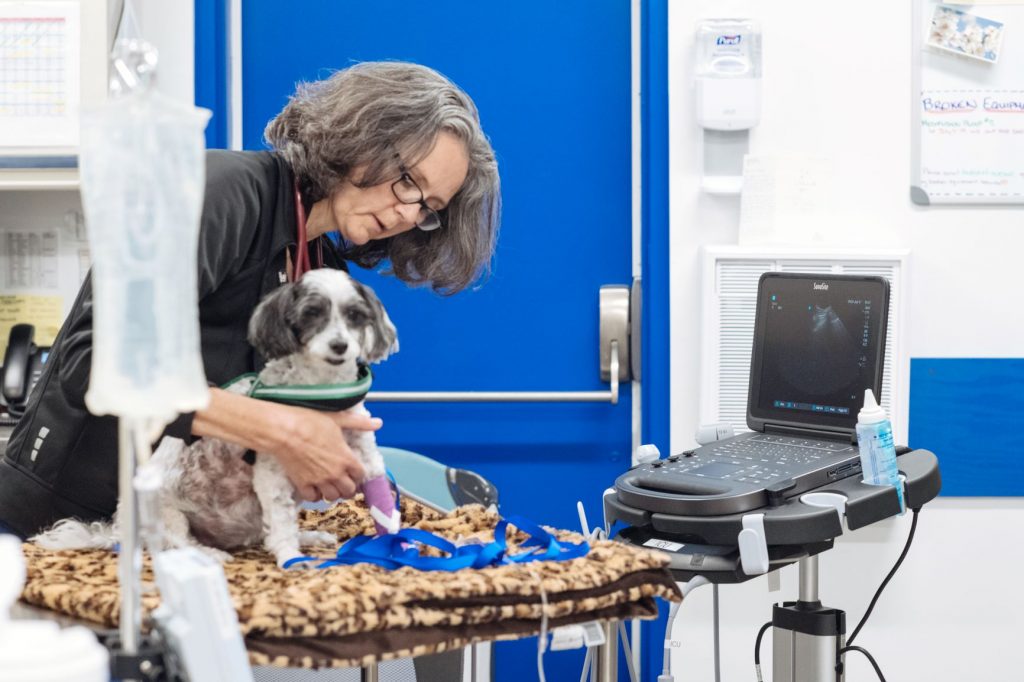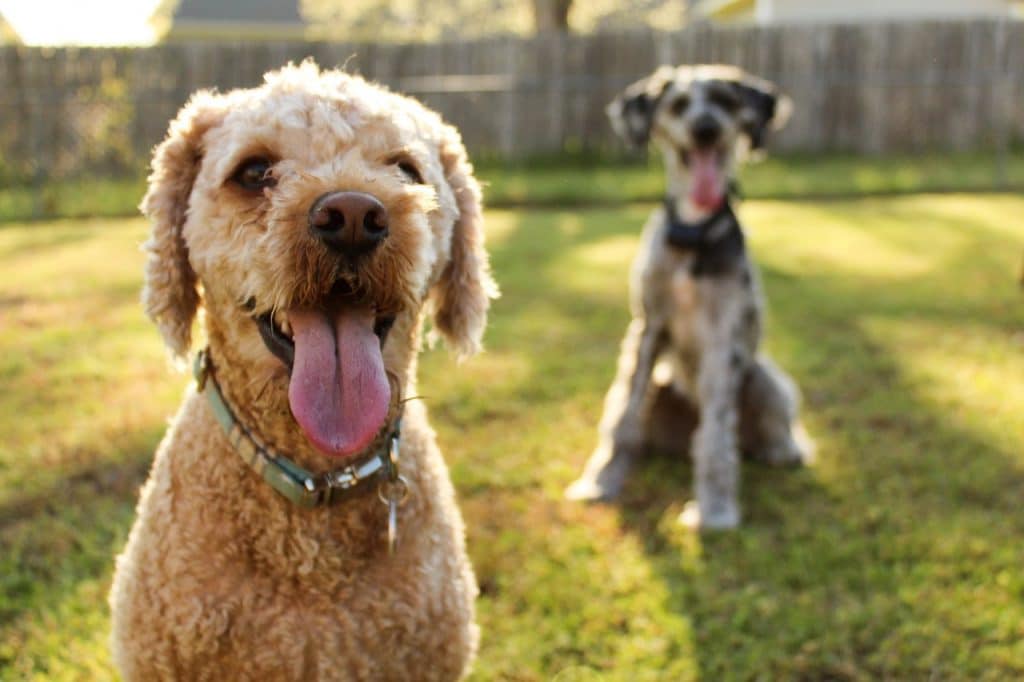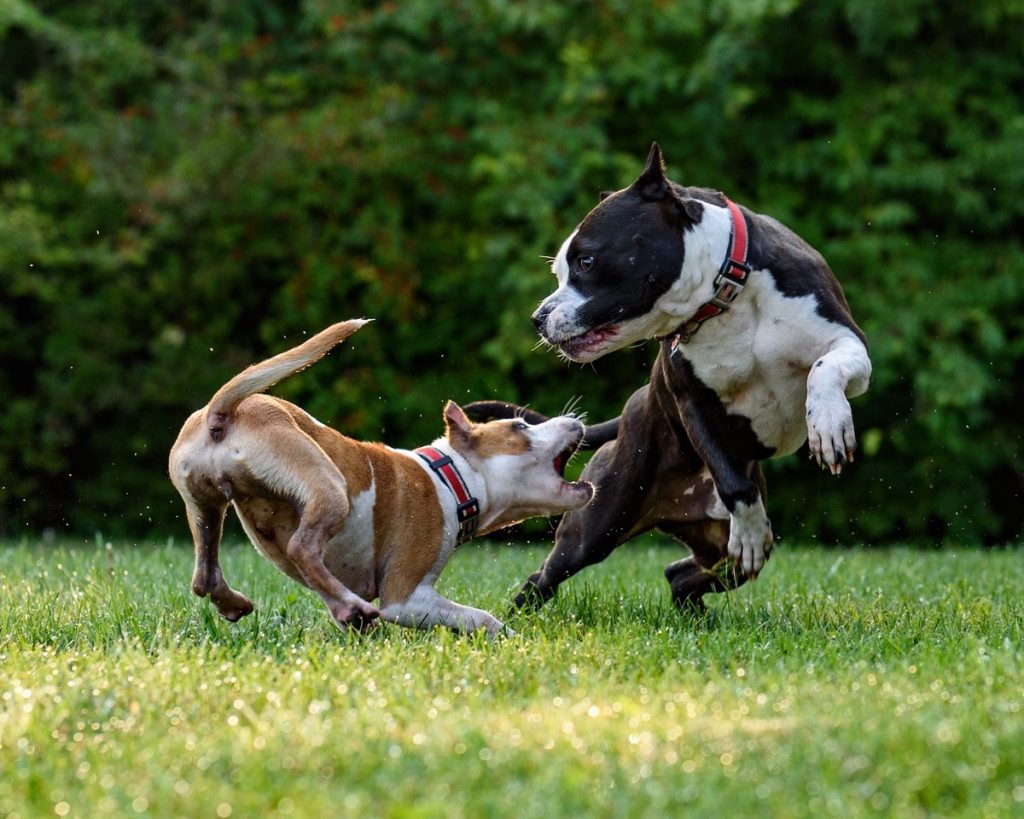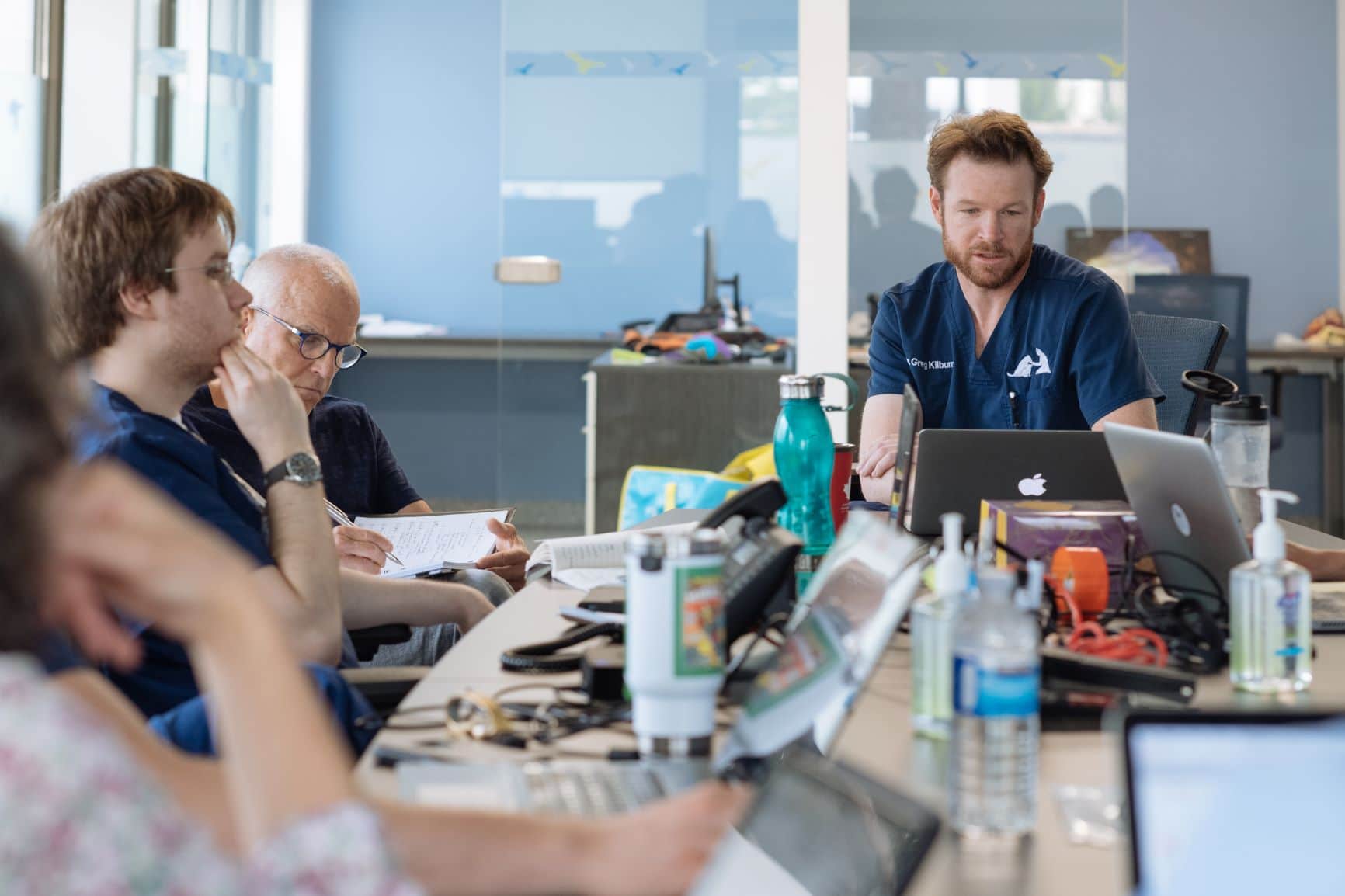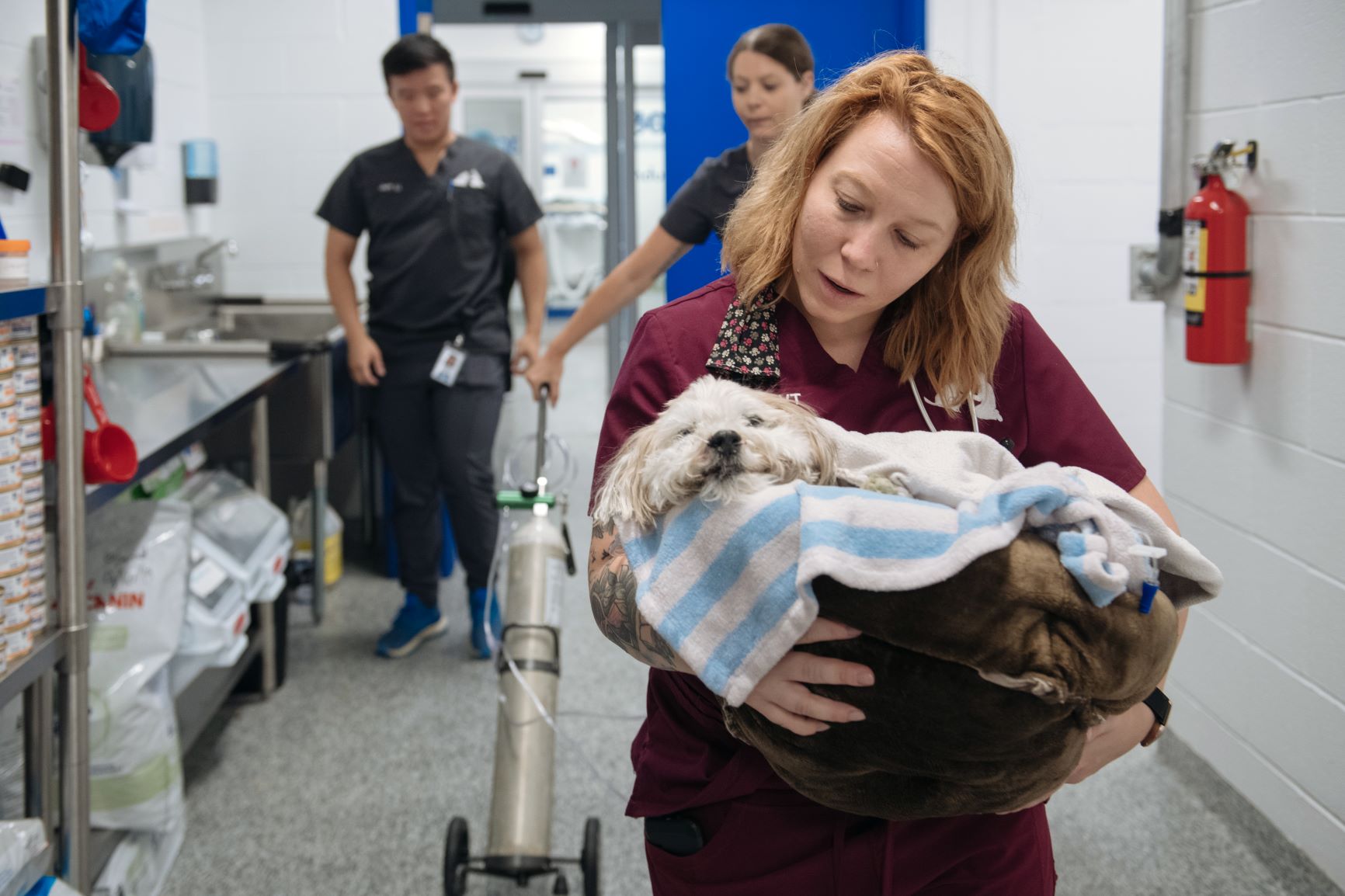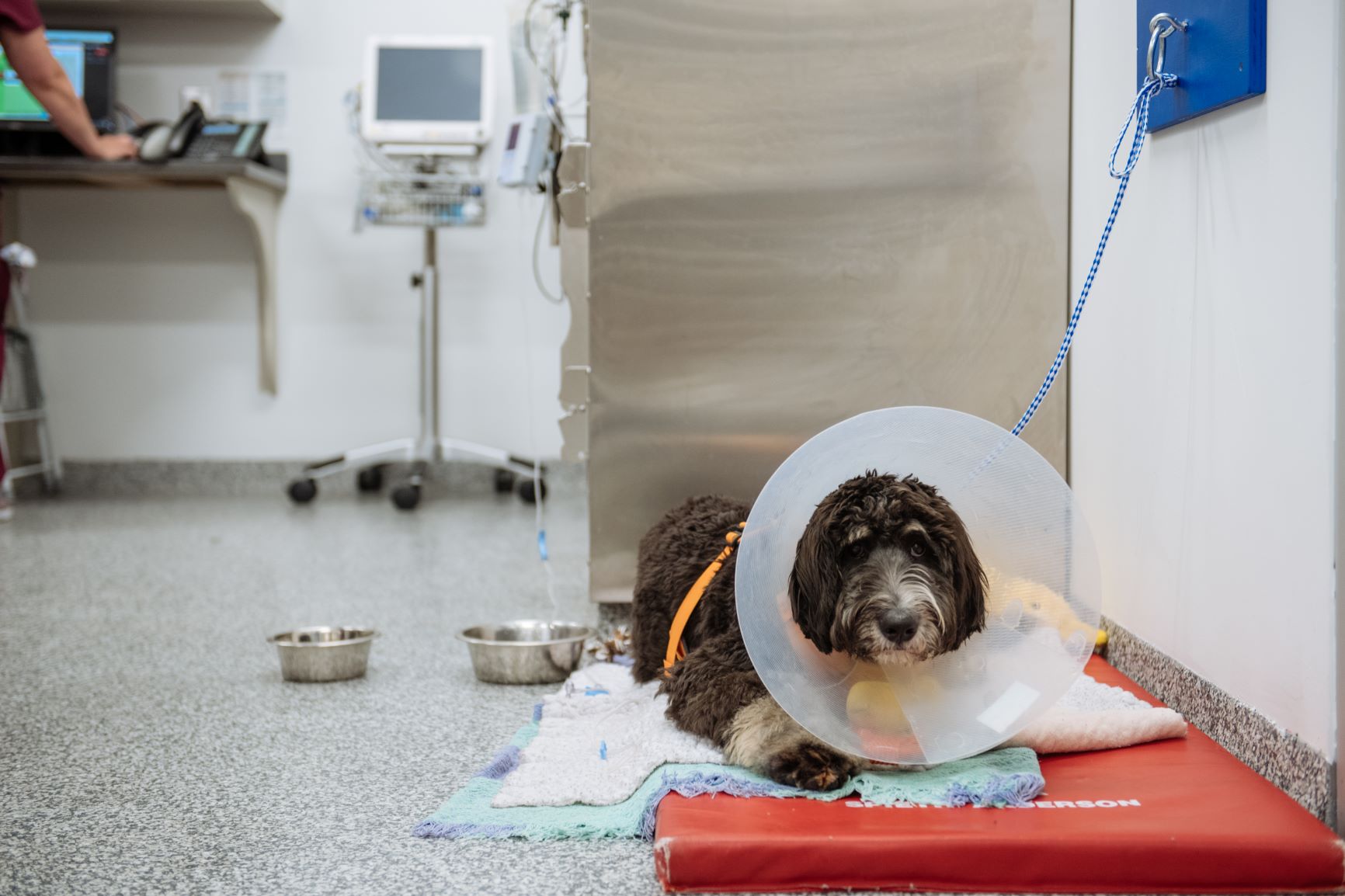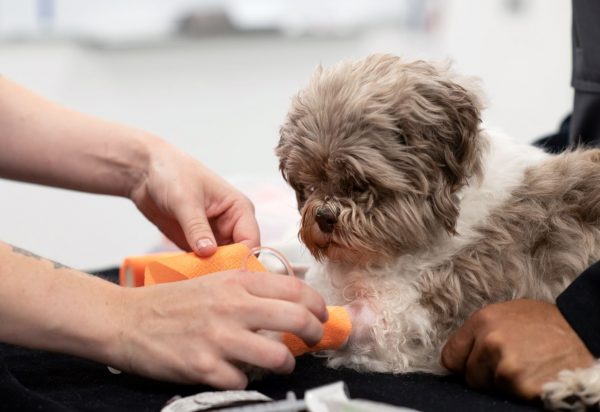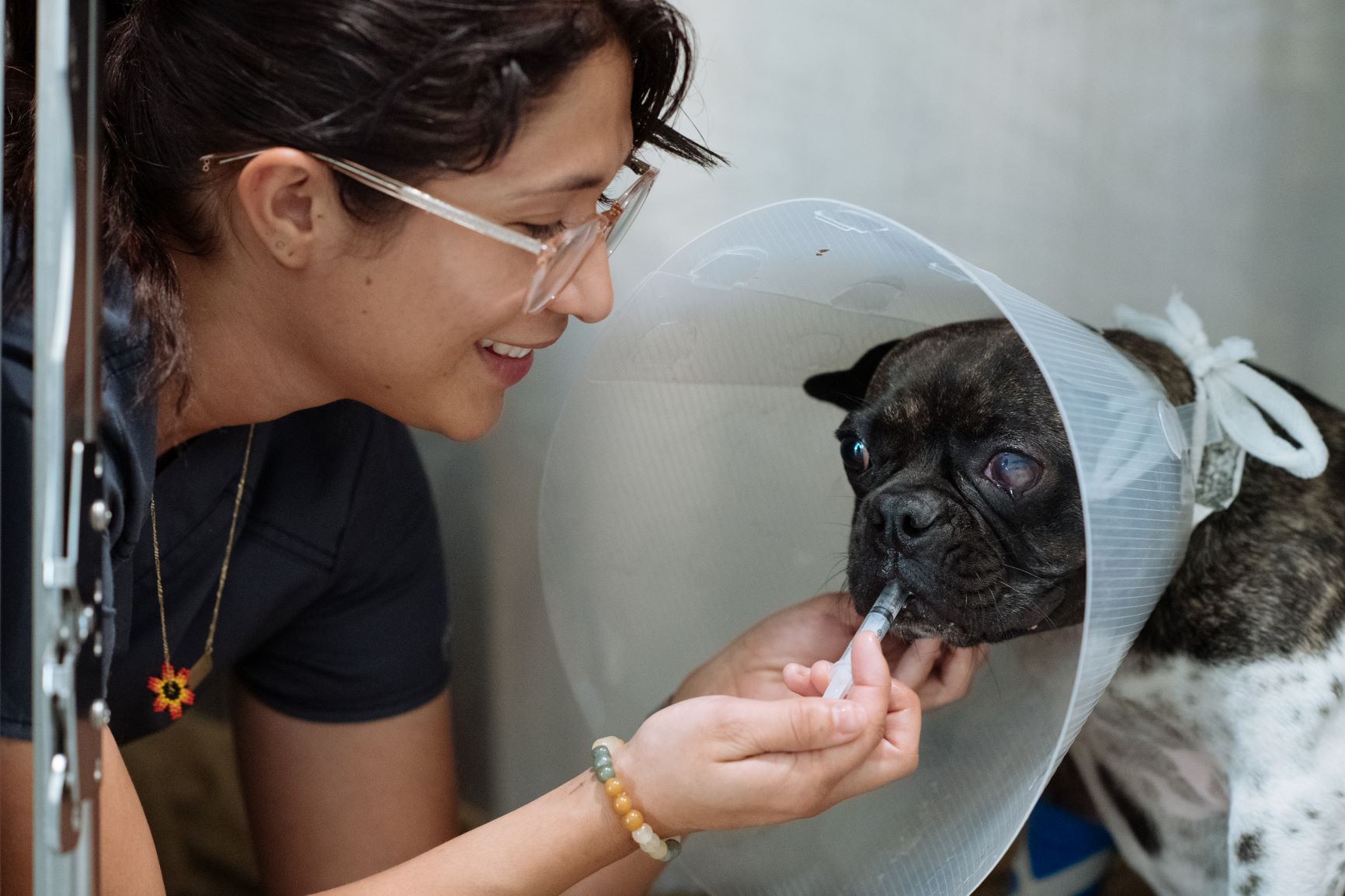What to Expect at the Emergency Animal Hospital
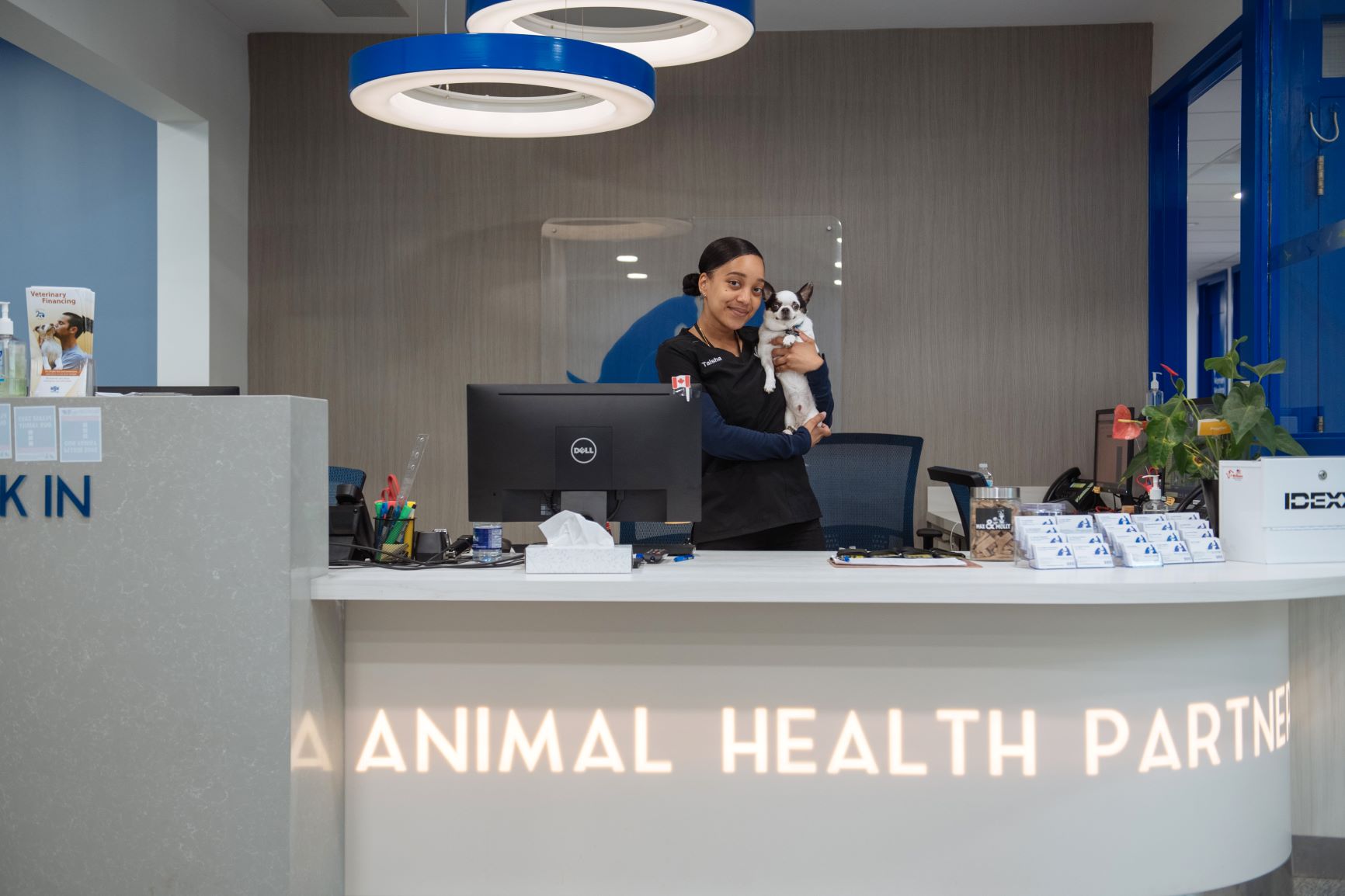
Written by Dr. Arianne Archee (DVM)
Ontario Veterinary College 2018
Small Animal Rotating Internship 2018-2019
Certified in Basic and Advanced CPR in Companion Animals

Imagine a normal Friday afternoon. You’re sitting on the couch and watching TV with your beloved companion. Then suddenly, your beloved, but naughty dog swallows a toy and starts choking. Or your cat suddenly has shallow breathing and shortness of breath. Or your dog suddenly collapses and looks very pale. Or suddenly starts to vomit, have blow-out diarrhea, have a seizure, looks to be in pain, and so on.
Emergencies are hard to predict. But when they do happen, it’s important to have a plan of action. On a Friday afternoon, over the weekend, or overnight, your family veterinarian will likely be closed. There are tiers of veterinary clinics/hospitals with varying hours and capabilities. The first tier (or first line of defence) is a veterinary general practice – your family veterinarian. The second tier is urgent care. These types of hospitals tend to see minor emergencies.
The third tier encompasses emergency referral/speciality hospitals. These are large pet hospitals with 24/7 emergency care, as well as providing services by veterinary specialists (including speciality surgeons, neurologists, cardiologists, internists, anaesthesiologists, and criticalists, etc). Referral emergency hospitals tend to have at least one or more emergency doctors on staff at all times, with varying numbers of technicians (veterinary nurses) and animal care attendants; making sure that your pet gets the appropriate level of care that it needs.

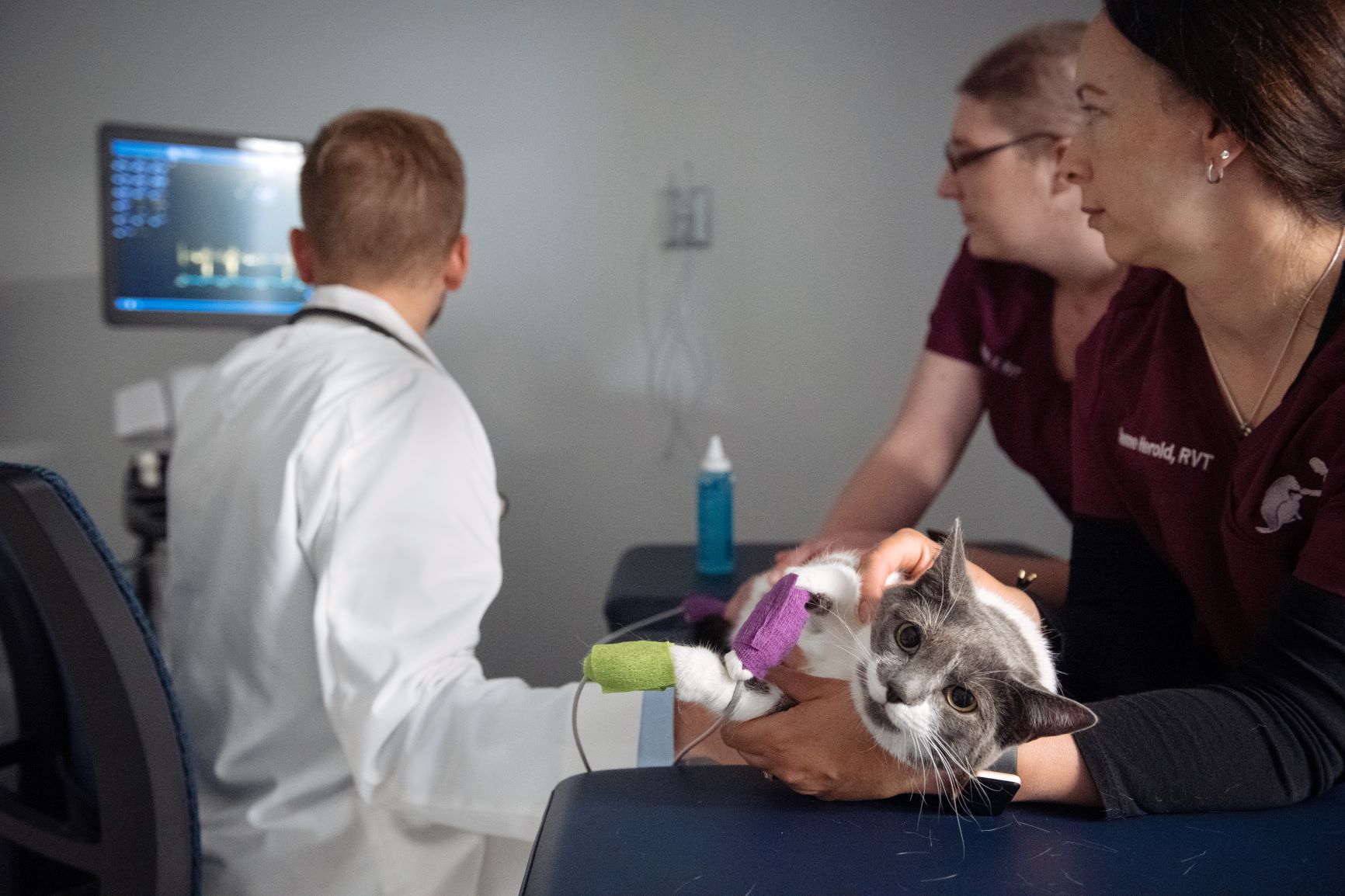
When you first arrive at an emergency referral hospital with your pet, the first thing that will happen is triage. Triage is like a screening process. Typically, a trained individual will speak with you to get a basic history of what you have been finding different with your pet. They will take vitals, including a weight, heart rate, respiratory rate, temperature, and will look at their gum color. Triage allows the hospital to screen for which pets are the most critical (most-sick), and will determine who needs to be seen first, and who can wait until a doctor is available.
Sometimes a pet will be taken to the back-treatment area to wait so that they can be monitored by technicians while they wait for their turn to be examined. Emergency pet hospitals are very busy, just as human emergency hospitals are. Depending on how busy the hospital is when you arrive, you can expect to wait at minimum an hour to be seen typically.
However just like in human hospitals, if a pet that is in more urgent need of immediate care arrives and yours is stable based upon triage, then you could potentially be in for a few hours wait. Luckily, veterinary medicine doesn’t have as crazy of wait times as human hospitals, however it is still an emergency hospital, and so it is important to be patient and understanding.
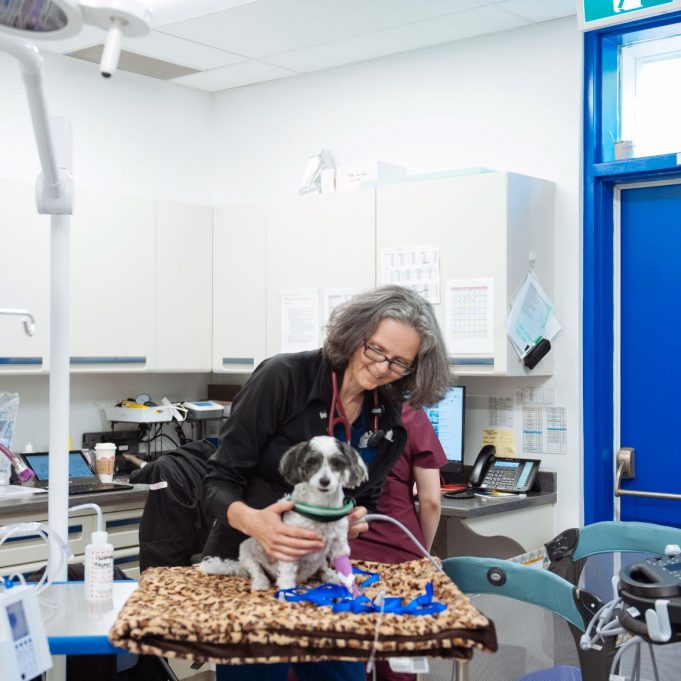
When it is your pet’s turn to be seen, sometimes they may be taken to the back- treatment room for their physical examination. As much as you want to be there for your pet at all times, oftentimes pets are more stressed/anxious around their owners in a new environment. This can make performing a physical examination more difficult, can mask signs, and can subsequently delay treatment. And so if your pet is taken away from you briefly for their exam, it is in the best interest of your pet. Afterwards the doctor will speak with you before performing any sort of diagnostics/treatment. A doctor requires client consent prior to being able to do any such procedure with your pet. Your pet will not be subjected to an unknown number of costly tests or treatments, unless it has been discussed with you as the client/owner first.
The doctor will often start with asking more detailed questions about your pets’ history. This may seem redundant, however as our pets cannot tell us explicitly what is wrong, the biggest clues lie in what you are finding at home. I often tell my clients that “you know your pet best, and you are the expert in how your pet normally acts.” Owners spend the most time with their pets, and so you may notice something that you may not have thought was of importance at that time, but in reality, may be a key component in putting the pieces of the puzzle together.
The doctor will then discuss their exam findings, what could potentially be going on (differentials), and will make recommendations in-regards to diagnostics or treatments. If pets could speak, it would make figuring out the best course of action/treatment so much easier! Unfortunately, that’s not the case, and so your veterinarian may recommend diagnostics to help get a better sense as to why your pet feels ill.
A veterinarian’s job is to advise you on the gold standard of recommendations – to offer you the best recommendation at that time for your pet. Based upon the goal’s, comfort, and finances of the family, the gold standard plan can be tweaked to align with what is the most ideal for all parties involved. In the eyes of the public, veterinary medicine can be expensive. And it can be difficult to put this into context when we are all fortunate enough (as Canadians) to have universal healthcare.
However, this is not the case in veterinary medicine. Veterinary medicine is actually similar in pricing to what costs are like at human hospitals. It’s just that we, as humans, usually don’t see the bill when we get sick. For this reason, it may be beneficial to invest into and be familiar with pet insurance, so that finances don’t need to play as much of a factor in the decision-making process during an emergency situation.
A veterinarian will never recommend a test that is unnecessary, because we never want to put a pet through more stress than what is deemed necessary. We all took an oath to “do no harm.” Veterinarians are advocates for our patients – to speak up for those that cannot speak, and to provide them with a good quality of life for as long as possible with their families.
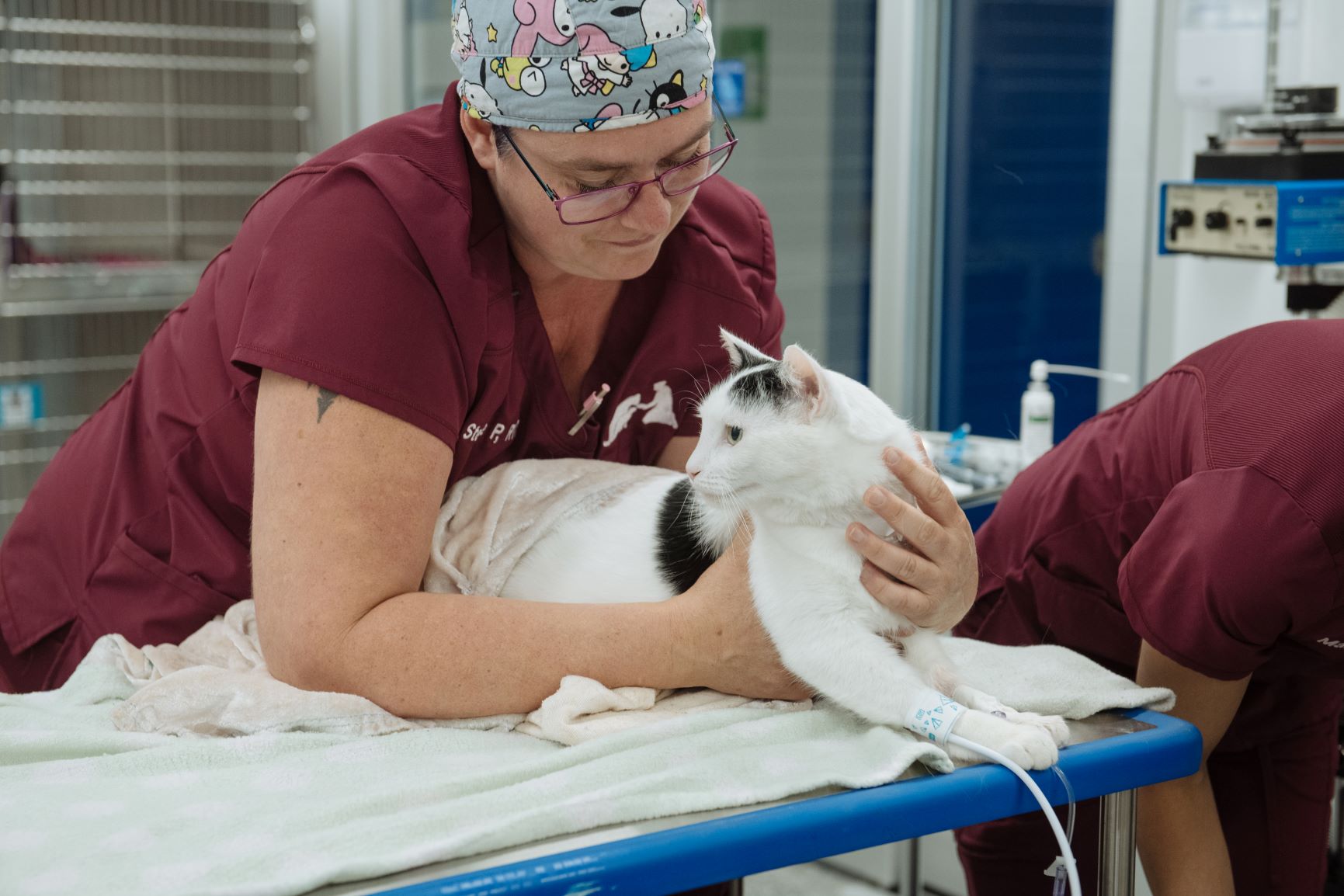
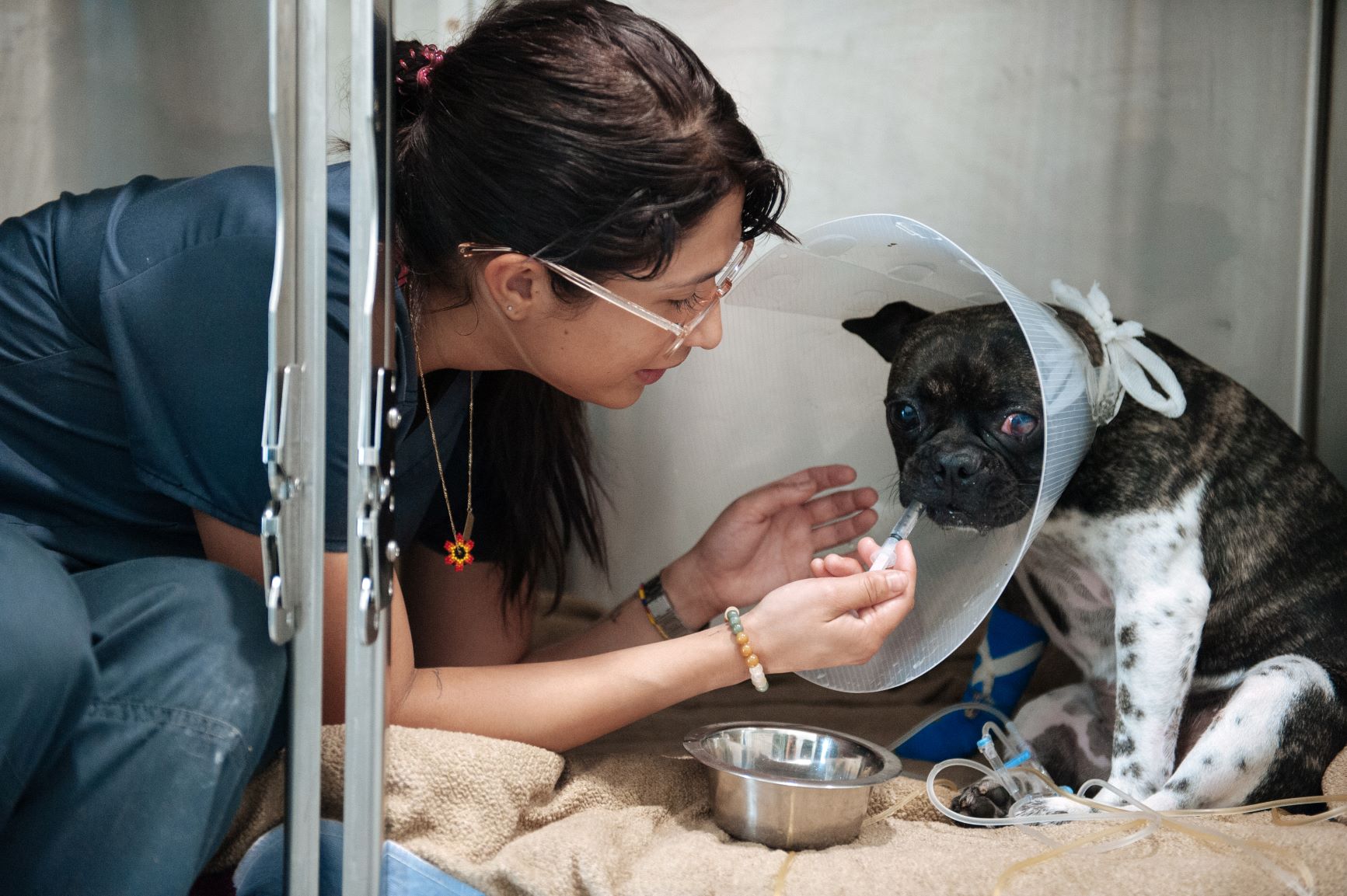
A veterinarian will never recommend a test that is unnecessary, because we never want to put a pet through more stress than what is deemed necessary. We all took an oath to “do no harm.” Veterinarians are advocates for our patients – to speak up for those that cannot speak, and to provide them with a good quality of life for as long as possible with their families.
Depending on the severity of what is going on with your pet, hospitalization may be recommended. Patients that need to be hospitalized may be stable enough to rest in the wards for general treatment and monitoring – or may be in critical condition requiring close monitoring in the Intensive Care Unit (ICU).
A pet ICU is very similar to a human ICU. We have the capability of doing a multitude of diagnostics and procedures, dependent on what is determined to be necessary for your pet by your emergency doctor. Almost everything that can be used to help treat a human can also be performed on a pet. Some examples include blood pressure monitoring, electrocardiogram, oxygen saturation, bloodwork, X-rays, ultrasound, CT scans, MRI, scoping procedures, echocardiograms (heart ultrasound), ventilation, etc. Regardless, it is important to be mindful that although your pet is hospitalized, there are other pets (patients) there as well that may pick up on your feelings of anxiety. Due to this, hospitals have to limit visits to short interactions to avoid disturbing the other patients, and also so your pet gets their own treatments in a timely manner.
The goal is to get our patients home and back to their normal routines. We want to see our patients continue on with their happy and care-free lives. For the vast majority of patients, this is the case, and the best part is seeing a patient reunited with their family. Unfortunately, not every patient is that fortunate.
There are times when a patient presents to the hospital and is either severely debilitated enough that the prognosis is poor even with therapy, or not responding to therapy. This is where veterinary medicine differs from human medicine. In cases such as this, your veterinarian may make the unfortunate recommendation of humane euthanasia.
This recommendation never comes lightly. The only scenario that your veterinarian will make this recommendation is if there is significant concern for your pet’s quality of life. Your veterinarian does not want to see your pet suffer, and in some cases, the best therapy that we can offer is to help them pass peacefully, with as little pain as possible.
All in all, emergency visits are stressful. You are in a new environment, entrusting your pet with people that you are unfamiliar with, and not knowing immediately whether or not your pet is going to be okay. As long as you remember that the people taking care of your pet went into the profession because of their love for animals, then you can have the peace of mind knowing that your pet is being well taken care of.
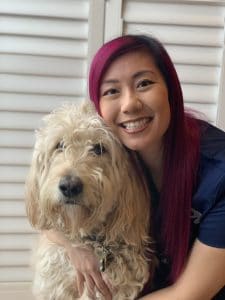
About The Company
Animal Health Partners Toronto is a new veterinary emergency and specialty hospital modeled after best practices in human medicine. Lead by a team of highly qualified veterinary specialists, Animal Health Partners Toronto Emergency and Specialty Hospital is bringing the world’s best practices of private human healthcare to veterinarian care.
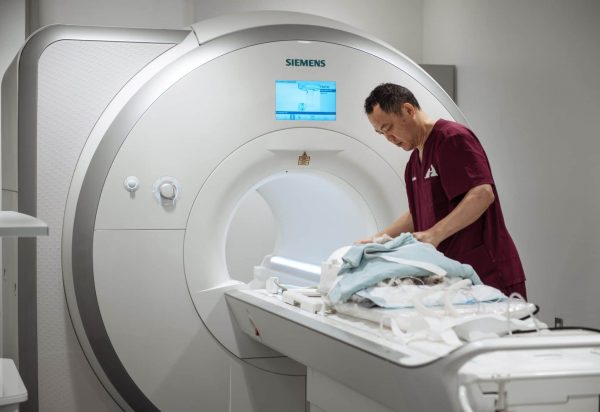
The technical proficiency and medical equipment at Animal Health Partners equals or exceeds that found in sophisticated human hospitals.
Animal Health Partners provides the highest-quality Veterinarian Services in Toronto. Our specialists combine their collective knowledge and skill in the treatment of complex or multifaceted cases. We serve as an extension of your family veterinarian and provide exceptional specialty care by treating our patients as if they were our own pets.
Our Core Values
Quality
At the root of all we do at Animal Health Partners is a commitment to the highest quality of veterinary care. This means that the diagnostic tests we run and the treatments we provide are informed by the best available scientific evidence and implemented by the most highly qualified veterinarians and staff.
Compassion
We understand that the experience of illness and injury can be painful and scary for pets and their owners. We strive to reduce discomfort as much as possible using gentle handling techniques, appropriate pain-management, stress-reducing design features, non-invasive interventions and a continuous emphasis on empathic patient-centered care.
Service
Intrinsic to our goal of providing the highest quality of medicine is providing efficient, courteous, attentive and responsive service to the owners and referring veterinarians that have entrusted us with the care of their pets and patients.
Innovation
Medicine is rapidly evolving. Our technologically advanced institution is equipped to employ and pioneer the most cutting-edge diagnostic and treatment modalities available in veterinary medicine with the goal of improving the quality of care for all patients.
Partnership
High-quality care and optimal patient outcomes rely not on any one individual but on the strength of the connections between many. Ensuring the best possible outcomes for our patients means creating solid partnerships with their owners and referring veterinarians. It also means establishing relationships more broadly with the community, the human medical field and with industry.
